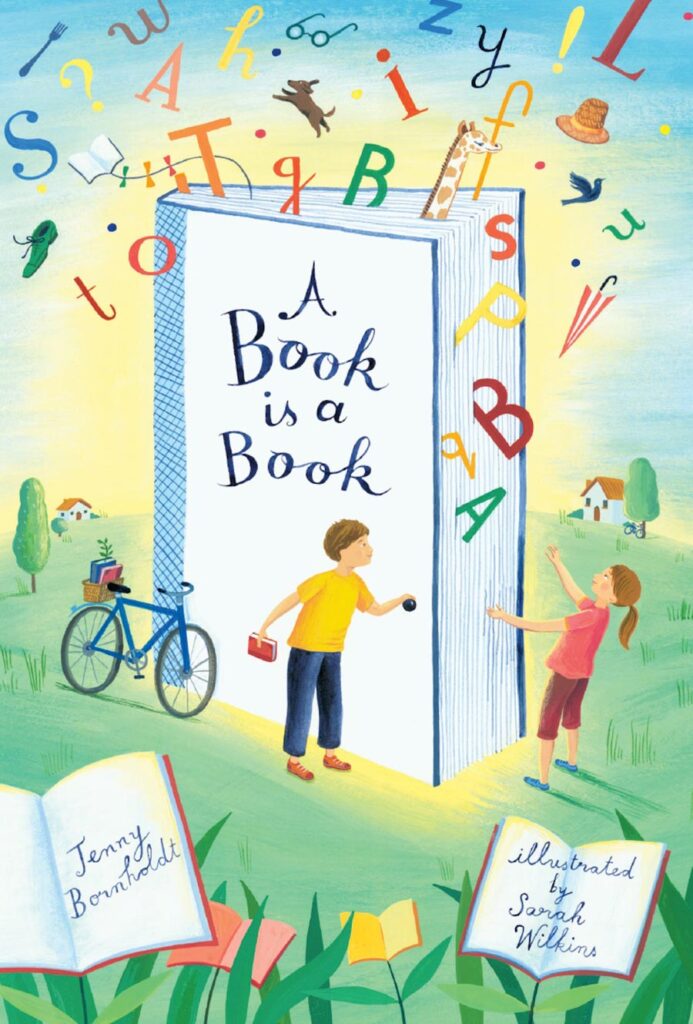Kristin Weidenbach (text) James Gulliver Hancock (illus.) Meet … Banjo Paterson Random House, 1 April 2015, 32pp., $24.99 (hbk), ISBN 9780857980083
Meet … Banjo Paterson is the seventh of nine titles (to date) in Random House Australia’s Meet series. The series is described by the publisher as ‘a picture book series about the extraordinary men and women who have shaped Australia’s history’. Previous titles in the series feature explorers and popular heroes including Sir Douglas Mawson (#5), Captain James Cook (#3) and bushranger Ned Kelly (#1).
The publisher has chosen respected authors and illustrators for each book in the series. Meet … Banjo Paterson is the work of Eve Pownall Award-winning writer Kristin Weidenbach and illustrator James Gulliver Hancock. Hancock’s work has been included in the prestigious US Society of Illustrators Annual Exhibition in New York.
Hancock uses a limited colour palette for his illustrations—a range of browns and greys meld with olive, mauve and reddish shading. The colours evoke both the sepia images of Paterson’s era and the tones of the Australian outback. Common nineteenth century belongings—saddle bags and stock whips, billy tea and britches with braces—feature in the illustrations, along with Australian fauna and flora.
Weidenbach shapes her story around Paterson’s formative years in country New South Wales and the influence on his literary career of his early bush experiences, particularly with horses. The text focuses on four poems: ‘Clancy of the Overflow’, ‘Mulga Bill’s Bicycle’, ‘The Man from Snowy River’ and ‘Waltzing Matilda’; one stanza from each poem is quoted in the text.
It is disappointing, but understandable due to space considerations, that the full text of these poems is not incorporated in the picture book. However, even without the entire poems, Paterson’s storylines are subtly woven into the book’s words and illustrations. In the section that introduces ‘Clancy of the Overflow’, for example, Weidenbach’s text refers to Paterson sitting in his ‘dingy office’ dreaming of drovers, and Hancock’s illustration shows Paterson, in a central frame, slumped at his desk. The picture then expands across the page into an image of densely packed buildings disgorging soot and smoke and noise into an urban scene. Text and pictures combine effectively to convey the essence of this unquoted stanza from Paterson’s ‘Clancy’ poem:
I am sitting in my dingy little office, where a stingy
Ray of sunlight struggles feebly down between the houses tall,
And the foetid air and gritty of the dusty, dirty city
Through the open window floating, spreads its foulness over all.
Meet … Banjo Paterson invites readers to enter into and explore Paterson’s world and the inspirations that lie behind his poems. A detailed timeline at the end of the book traces the poet’s career at further depth. It includes references to Paterson’s representation on the Australian ten dollar note and the 2014 stamp set commemorating the 150th anniversary of his birth. (The timeline does have some minor errors. For instance, an entry about Paterson’s time as a horse handler during World War I concludes: ‘None of the horses came home’. In fact, one horse, ‘Sandy’, belonging to Major General Sir William Bridges, did return to Australia.)
Random House’s teachers’ resources provide a range of classroom activities plus interviews with both Weidenbach and Hancock. The interviews offer excellent insights into Weidenbach’s research process and Hancock’s picture-building techniques.
Recommended for ages 6+
reviewed by Tessa Wooldridge





